By Michael Palij, MW
What was different back in 1995? My hair was a shade darker as I drove my Alfa 156 through Soave, seeking to break the Rubicon that was giving the North a bad name. The reputation of its native wines hung squarely in the balance, and, although Elio Altare hadn’t raised a chainsaw in anger for some time, the general view was highly polarized: muscle-bound monoliths to curry favour with a certain American wine critic, or pile-it-high dishwater best reserved for large occasions or supermarkets. Outside of a few stalwarts, producers who believed in either typicity or tradition were pretty thin on the ground. It was either an international grape variety or it had been aged in a barrique – otherwise, don’t bother.
How times have changed. The Veneto scooped forty-three tre bicchieri in 2023. Not bad for a region that, when I first visited the whites had to be ‘ready before the harvest’, as one producer has put it. Stefano Inama’s Soave never fit the mould: 100% Garganega, oxidative handling and minimal intervention were – in the bad old days – a recipe for complexity that threatened the insipid status quo.
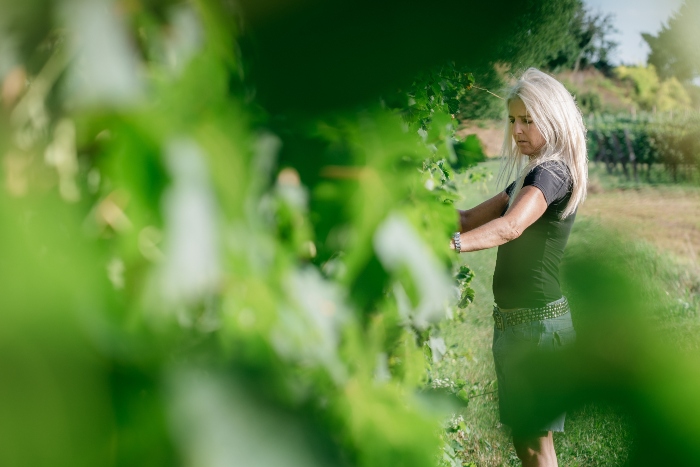
In the foothills of the Lessini mountains, Marinella Camerani quietly gets on with making Amarone as it should be. One of the few remaining producers to continue the ancient practice of air-drying her grapes, she uses only the free-run juice extracted from the crush. For maturation, she selects barrels made from local cherry wood, imparting a delicate flavour. The resulting wine is extraordinarily fresh and fluid, while retaining all the necessary weight and texture. This is about reassessing the value of the four local grapes – Corvina, Corvinone, Molinara, and Rondinella. None has great colour extract or tannin, but who’s counting? Anyone who has tried her Valpolicella knows that the delicacy and aromatic freshness is the real deal.
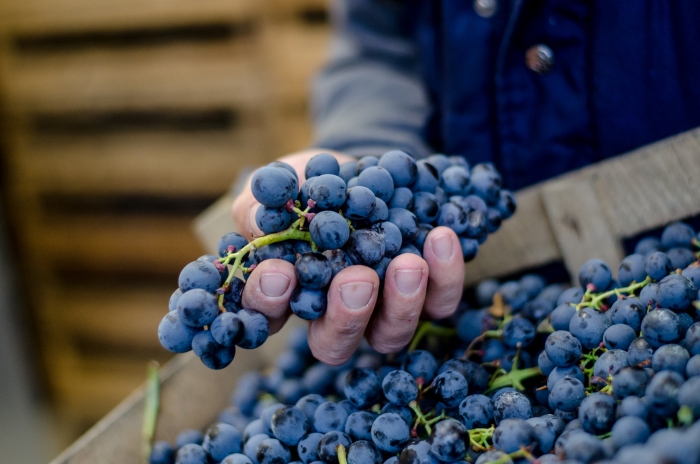
In Bardolino, former lawyer Giovanna Tantini is putting her own spin on these varieties. She’s ahead of the curve with her preference for Corvina, the most serious of the Bardolino grapes (getting it to perfect ripeness means that even her apricot-coloured Chiaretto is supremely delicate). As we walk through the vineyard on a crisp winter morning, she points out the large sassi (stones) deposited by the glaciers, eons ago. This soil type is a rare occurrence in Italy serving, with the assistance of a large dose of enthusiasm, to lift her estate beyond the ordinary. Formal recognition of the local terroir came in 2021; Bardolino was divided into three crus – Montebaldo, Sommacampagna, and, bordering Lake Garda, La Rocca, where Giovanna’s estate is situated. The drive to rebuild Bardolino’s reputation is especially encouraging.
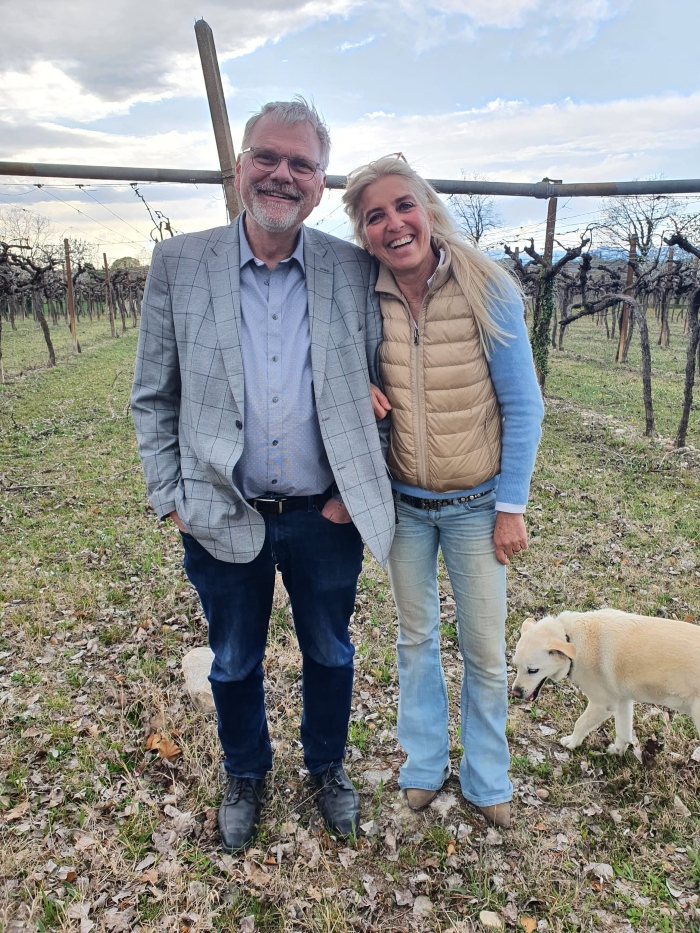
We are sitting in Carlo Zucchetto’s house now, in the breath-taking hills of Valdobbiadene. He reminisces: ‘Before its ubiquity, Prosecco was an illustrious wine. It was poured on special occasions, rather like Champagne.’ The Jekyll & Hyde fizz can reach great heights, but location is paramount. There is no denying that the sprawling DOC, covering 30,000 hectares, churns out a steady stream of non-descript, light-hearted bubbly. Head for the hills, however, and there is a sea change in quality. The twin DOCGs of Asolo and Cogneliano-Valdobbiadene feature impossibly steep hills lined with bucolic terraces, producing wine of impressive pedigree. In 2017, the Conegliano-Valdobbiadene landscape became a United Nations World Heritage site, and not for its wines.
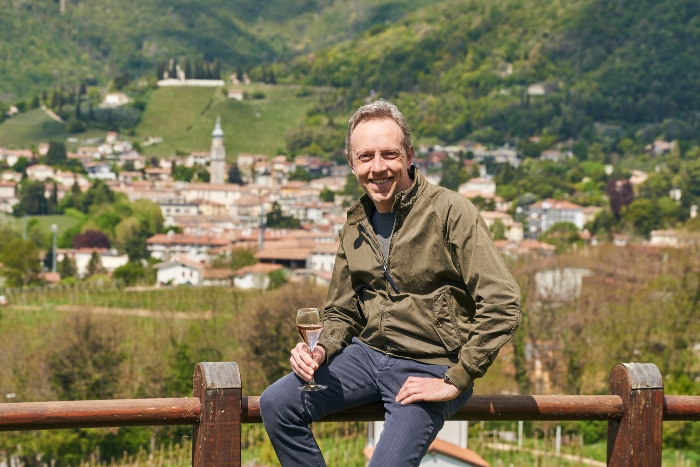
A vertical of Carlo’s bottle-fermented wines, from the renowned Cartizze subzone, reveals a wealth of vintage character. He puts the same care into his Extra Dry and Baccarat. If there is a region that has, through thick and thin, enjoyed an unfettered reputation for the quality of its sparkling wines, it is Lombardy’s Franciacorta. A relative newcomer to the party, it received DOC status in 1967, upgraded to DOCG in 1995[1]. While the grape varieties are distinctly French – Chardonnay, Pinot Noir and Pinot Blanc[2] – it is by no means a carbon copy of the Gallic alma mater. Indeed, the rosé regulations are commendably more stringent than their Champagne equivalent. The icing on the cake, it must be said, is the Riserva category, which calls for a minimum 60 months’ lees ageing.
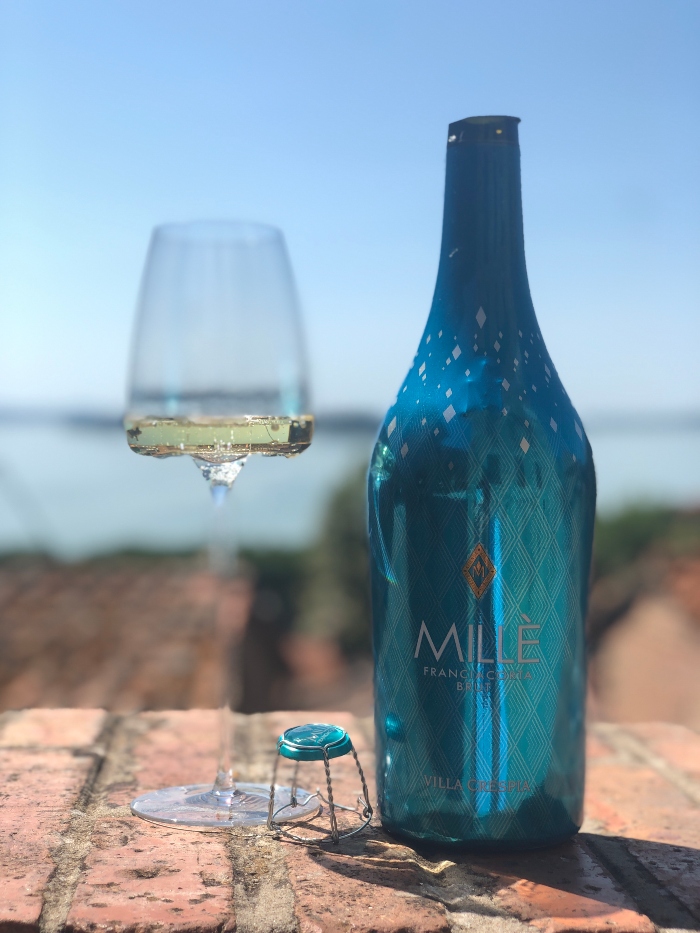
Public perception of what the north can achieve has improved immeasurably since I first visited Italy thirty years ago. The old bun fights to the bottom have given way to a realization that survival is all about trading up. Sure, the Prosecco wagon continues to steam on, but it pushes the high flyers to prove their mettle. Native varieties are flourishing: Valpolicella and Soave are once again gracing serious tables. If there is a downside, it is that even the coolest regions are feeling the heat – the scorching 2022 harvest is a timely reminder. Just as we have come to embrace Italy’s native grapes, so we have reached a crossroads for viticultural change. Pergola trellising, dismissed as old hat in the 1990s, is now vital for shading and unhurried ripening. Sometimes, the old ways are unequivocally better.
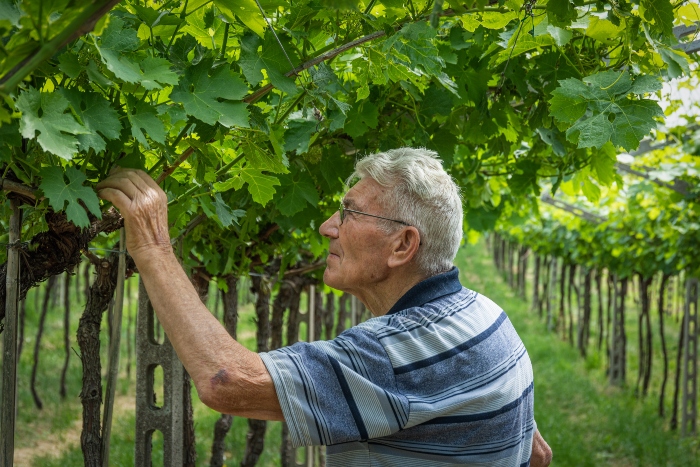
[1] The DOCG upgrade wisely gave still wines their own DOC classification, Terre di Franciacorta (later Curtefranca).
[2] Since 2017, 10% Erbamat is permitted. Once scorned, this local hero has usefully high malic acid levels.
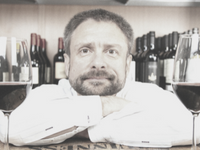
Michael Palij MW is the third Canadian Master of Wine. He specializes in Italian wines and has introduced Opimian to some truly special producers such as Cabutto, Giovanna Tantini and Cantina Clavesana.

